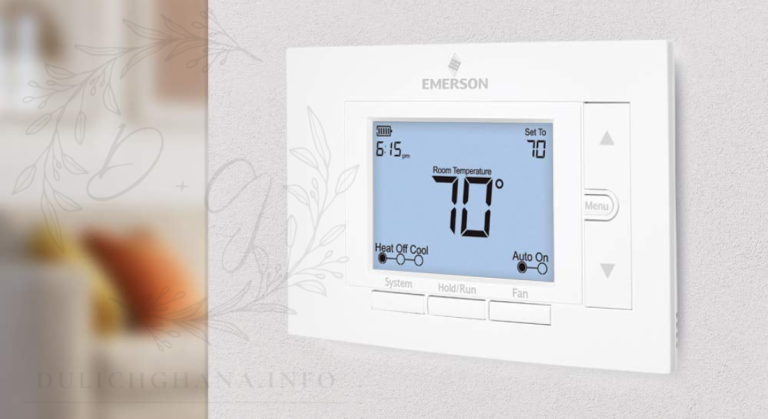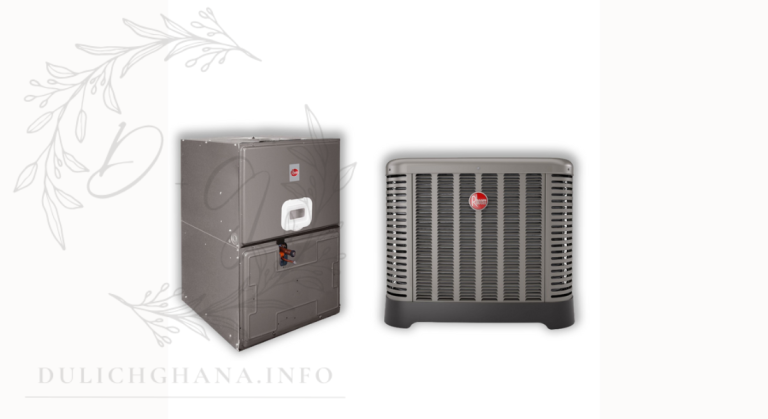
When booking a hotel, the rating it receives can significantly influence your decision. Whether you’re looking for a luxury stay or a budget-friendly option, understanding how hotels are evaluated helps you make an informed choice. Hotel ratings, typically measured in stars, diamonds, or through guest reviews, assess various aspects of a hotel’s services and amenities. But what exactly goes into these ratings, and how are they determined? In this article, we’ll break down the main hotel rating methods to give you a clearer understanding of what they represent.
1. Star Ratings: The Global Standard
Star ratings are one of the most widely recognized systems used to evaluate hotels. This method typically ranges from one to five stars, with higher stars indicating greater luxury and services. Different countries may have variations in their criteria, but most star ratings are based on the following factors:
- One-Star Hotels: Basic accommodations offering minimal amenities. Rooms may be smaller, and services are typically limited to necessities such as beds and private bathrooms.
- Two-Star Hotels: These hotels offer slightly more amenities, such as televisions, daily housekeeping, and sometimes a restaurant or breakfast service.
- Three-Star Hotels: These provide more comfort and amenities, such as fitness centers, business facilities, and possibly multiple dining options.
- Four-Star Hotels: A four-star rating indicates a hotel with high-quality service, elegant design, and a wide range of amenities like spas, concierge services, and fine dining options.
- Five-Star Hotels: The pinnacle of luxury, five-star hotels provide exceptional services and facilities, including personalized guest services, premium dining, and superior accommodations with the finest amenities.
While stars provide a general indication of quality, keep in mind that star rating systems can vary slightly depending on the country or rating organization.
2. Diamond Ratings: AAA/CAA Evaluations
In North America, the American Automobile Association (AAA) and Canadian Automobile Association (CAA) use a diamond rating system to evaluate hotels. Like star ratings, diamonds range from one to five, with five diamonds indicating the highest level of luxury. The AAA diamond rating system focuses on evaluating:
- Cleanliness and maintenance
- Quality of service
- Room décor and design
- On-site amenities (e.g., dining options, spas, and fitness centers)
Hotels undergo a thorough inspection process to determine the number of diamonds they receive, making this a trusted method for travelers in North America.
3. Forbes Travel Guide: The Gold Standard of Luxury
For travelers seeking the crème de la crème in luxury accommodations, the Forbes Travel Guide offers a prestigious star rating system. Hotels, restaurants, and spas undergo a rigorous evaluation process that focuses on service quality and guest experience. Forbes inspectors anonymously visit properties to assess over 500 different criteria, including:
- Attention to detail
- Personalized service
- Cleanliness and comfort
- Variety and quality of amenities
Forbes rates hotels from one to five stars, with five-star properties delivering an exceptional level of luxury, service, and experience.
4. Guest Reviews and User-Generated Ratings
With the rise of online travel platforms, user-generated ratings have become one of the most influential ways to evaluate hotels. Websites like TripAdvisor, Booking.com, and Expedia allow guests to share their experiences and rate hotels based on personal experiences. User-generated ratings typically evaluate:
- Cleanliness
- Customer service
- Location
- Value for money
- Overall guest satisfaction
These platforms often aggregate reviews into a single rating, typically on a five-point or ten-point scale. While guest reviews offer real-world insights, it’s essential to read multiple reviews to get a balanced understanding of a hotel’s strengths and weaknesses.
5. Hotel Classification Systems: National and Regional Standards
Many countries have their own government-regulated hotel classification systems. These systems evaluate hotels based on national standards and assign star ratings that reflect the amenities and services offered. For example:
- France: France’s star classification system, regulated by Atout France, focuses on room size, bathroom quality, and available services such as 24-hour reception.
- India: Hotels are classified by The Ministry of Tourism based on a rigorous checklist of requirements including architecture, facilities, and guest service.
- Germany: The German Hotel Classification system, or Dehoga, evaluates accommodations based on cleanliness, service, and comfort, with specific criteria for each star level.
These national systems ensure that hotels meet specific standards, though they may differ from international rating methods.
6. Service and Amenities: Key Factors in Hotel Ratings
Regardless of the rating method, certain key factors are consistently evaluated to determine a hotel’s score. These typically include:
- Cleanliness and Comfort: Hotels are judged on the upkeep of rooms, bathrooms, and public areas. High-rated hotels maintain exceptional cleanliness standards and provide plush, comfortable furnishings.
- Service Quality: The attentiveness and professionalism of staff play a critical role in hotel ratings. High-end hotels typically offer 24-hour reception, concierge services, and personalized attention to ensure a seamless guest experience.
- Room Features: Room size, décor, and in-room amenities such as high-speed Wi-Fi, minibars, and premium bedding influence ratings. Hotels with luxurious touches like private balconies, smart-room controls, or marble bathrooms score higher.
- On-Site Amenities: Hotels that provide additional amenities, such as spas, fitness centers, restaurants, and entertainment options, often receive higher ratings. Unique features like rooftop bars or infinity pools can elevate a hotel’s overall score.
- Location: Proximity to attractions, transportation hubs, and scenic views is also a significant factor. Hotels in prime locations tend to rate higher for convenience and accessibility.
7. Sustainability Ratings: A Growing Trend
As eco-friendly travel becomes more popular, many hotels are now evaluated based on their sustainability practices. Green Globe, EarthCheck, and LEED Certification are some of the most recognized programs that rate hotels on their environmental impact. Factors that influence sustainability ratings include:
- Energy efficiency
- Waste management
- Use of renewable resources
- Eco-friendly amenities and practices
Hotels with strong sustainability initiatives often appeal to environmentally conscious travelers and may feature higher on eco-friendly travel platforms.
Conclusion: Decoding Hotel Ratings for Your Stay
Understanding how hotels are rated helps you make informed decisions when planning your next trip. Whether you’re looking for a budget-friendly one-star hotel or a five-star luxury experience, each rating system provides insights into the quality, service, and amenities you can expect. By considering star ratings, guest reviews, and additional factors like sustainability and location, you can choose the hotel that best fits your needs and ensures a memorable stay.
Next time you book a hotel, remember that behind each rating is a detailed evaluation process designed to enhance your travel experience!






